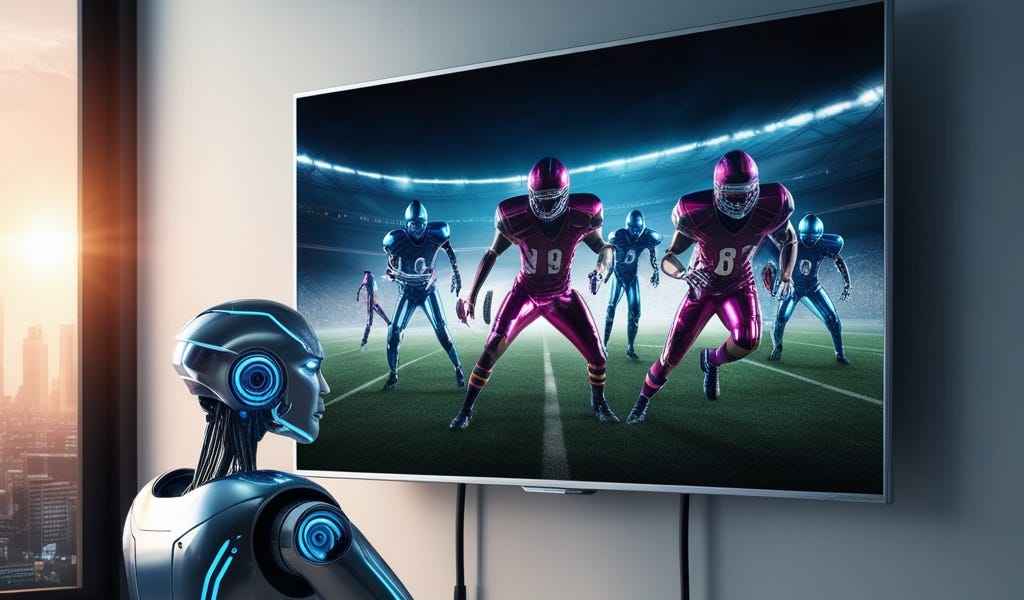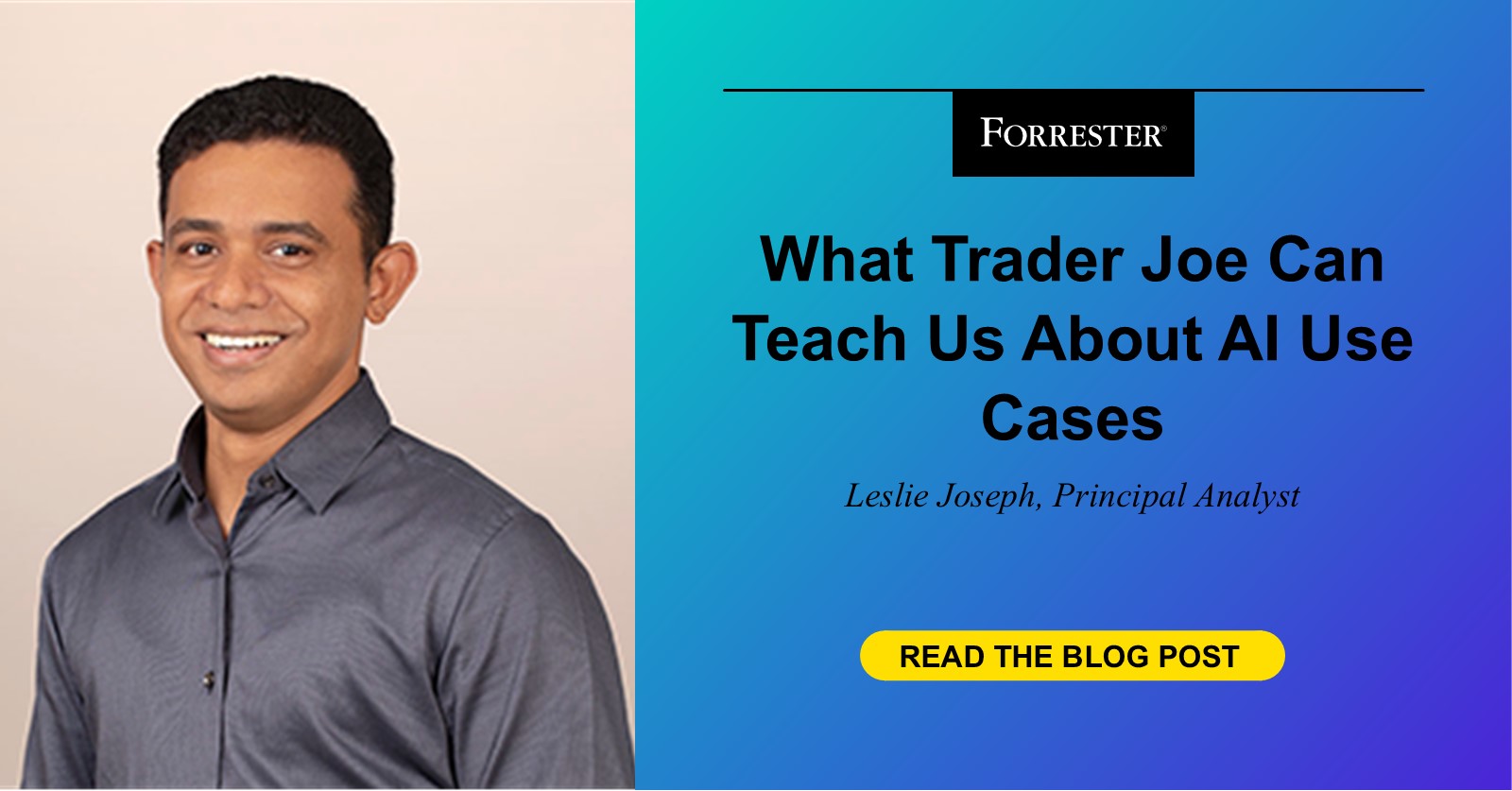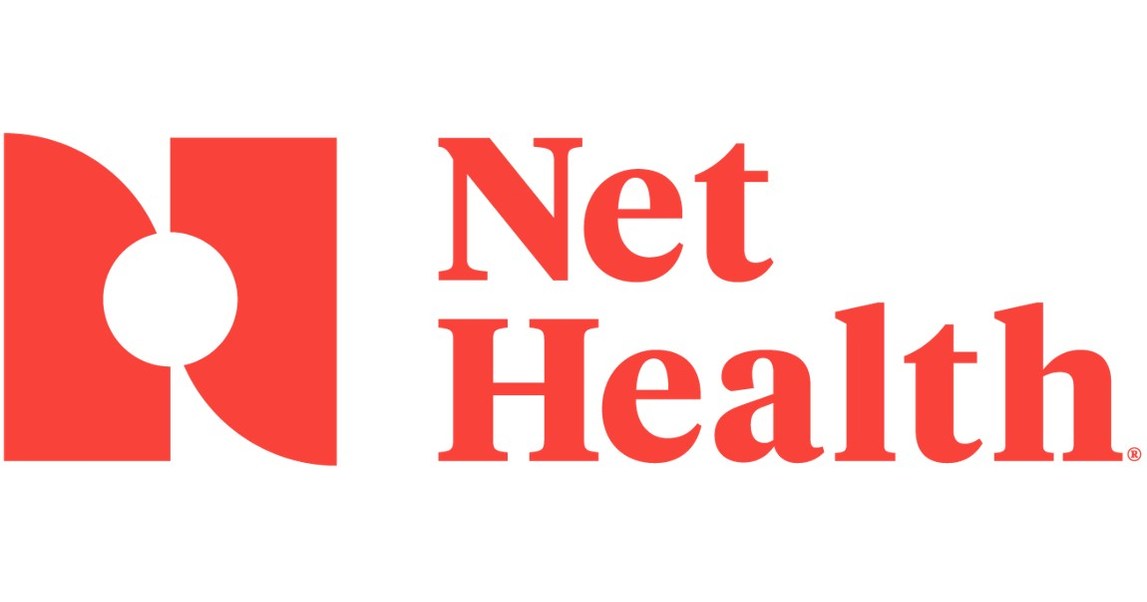As I’ve written before, while AI-driven media buying and optimization has quickly taken off on the big platforms (Google, Meta, Pinterest, etc.), the technology hasn’t really touched TV advertising. And this is going to be difficult for a number of reasons, including fragmentation, slower technology adoption and a lack of centralized demand.
This doesn’t mean that TV ad campaigns will never be run and optimized by technology platforms that are getting smarter over time. Many will try, and someone – a third-party ad tech company, Amazon – will probably succeed.
If so, what happens to Nielsen and how important – or even the concept – are “ratings”?
I had Karthik Rao, CEO of Nielsen, by my side. Podcast Next in Media this week, during which we discussed a lot of things – including Nielsen’s crazy year and the state of the currency war – as well as this theoretical future of AI-TV advertising.
Although he has nothing to announce, Rao (perhaps not surprisingly) expects Nielsen to play a vital role, albeit in a different way than we typically think. Because Nielsen (and others) have pushed so hard into big data – by mixing a substantial panel with raw data from millions of smart TVs, set-top boxes and other sources, Nielsen should be able to help power future AI TV models.
Of course, several of Nielsen’s big data research competitors, e.g. VideoAmp, iSpot, Samba, etc., can probably make the same sort of claim.
Key to that future, Rao says, will be how well TV “rating” companies can integrate with brands and agencies as they move toward a more algorithm-driven advertising world.
“Our planning tools are integrated across all agencies,” Rao said. “You may have heard of capabilities like Scarborough or Nielsen Media Impact. There’s a very important part of the process. You won’t get anything done without a real, thoughtful planning exercise for buyers and sellers, right?”
Nielsen wants to help TV buyers not just plan and buy, but also execute and track performance – at least on some level – which seems a departure from the company’s historical role.
“Then you play the role of activation,” he added. “We have a marketing cloud, we have other capabilities that allow you to really use the data to really play an important role in the ad tech ecosystem… then you get into measurement, then you get into results, so the results market. So there’s a whole range of things that the company does. And I think for us it’s the breadth of the portfolio and how interconnected it is. It becomes sort of an enterprise use case, if you will.”
Of course, it remains to be seen whether large media agencies, which are reinventing their value propositions in the face of AI, will choose to rely on tools from Nielsen, VideoAmp or another company to build an AI-driven ad buying machine. Or should they create something proprietary?
Or can only giants like Google or Amazon really muster the computing power to create an AI TV tool that will work?
Again, it all depends on a number of theoretical changes. Do big brands want TV ad buying to be done more in a black box? Will there be enough inventory available to practice and purchase? Will TV results “work” as well as other AI-based models?
Lots of big questions. Not many immediate answers. But it would be ironic if an old-school researcher, known at the time for his newscasts, played a central role in AI-TV.










